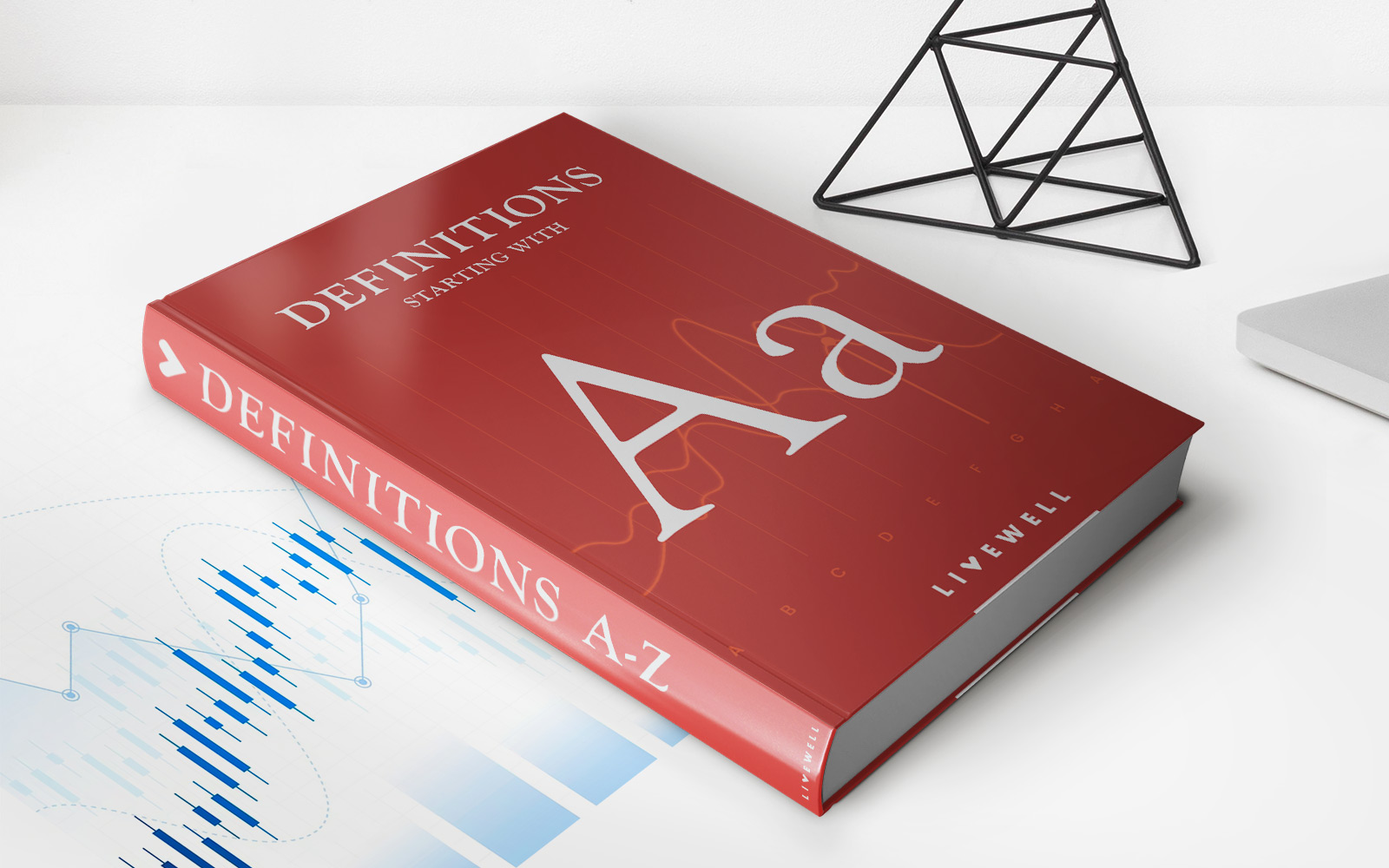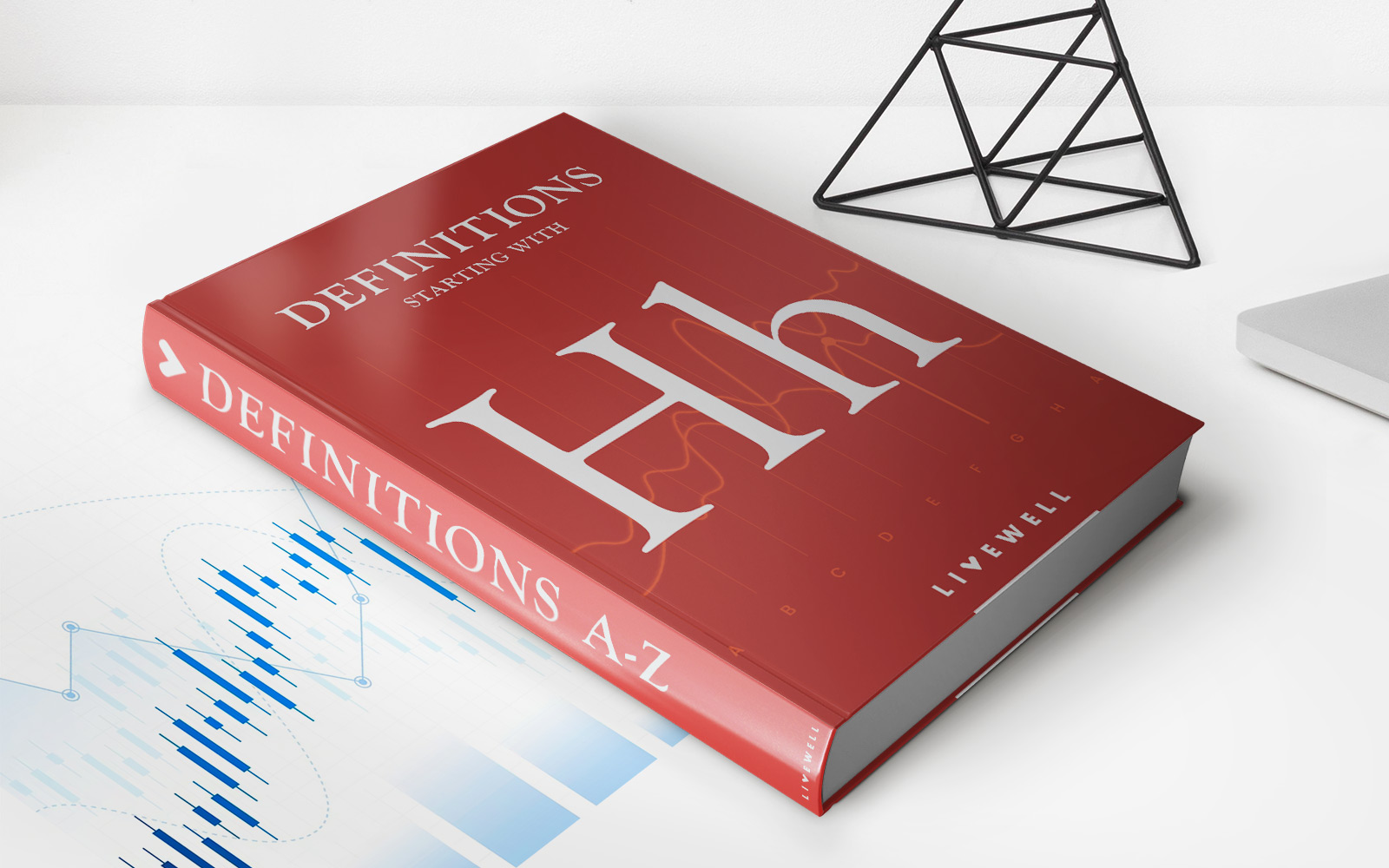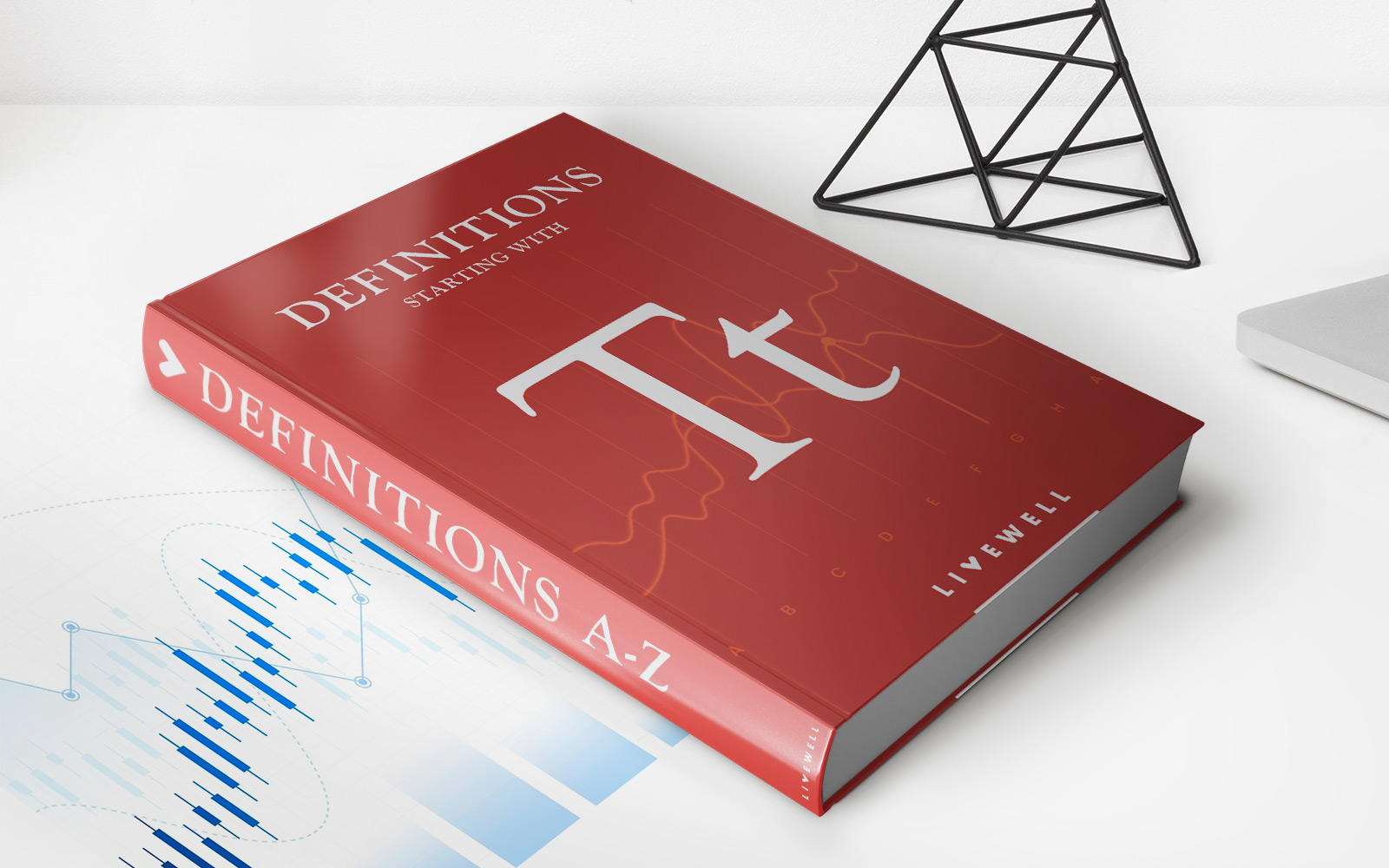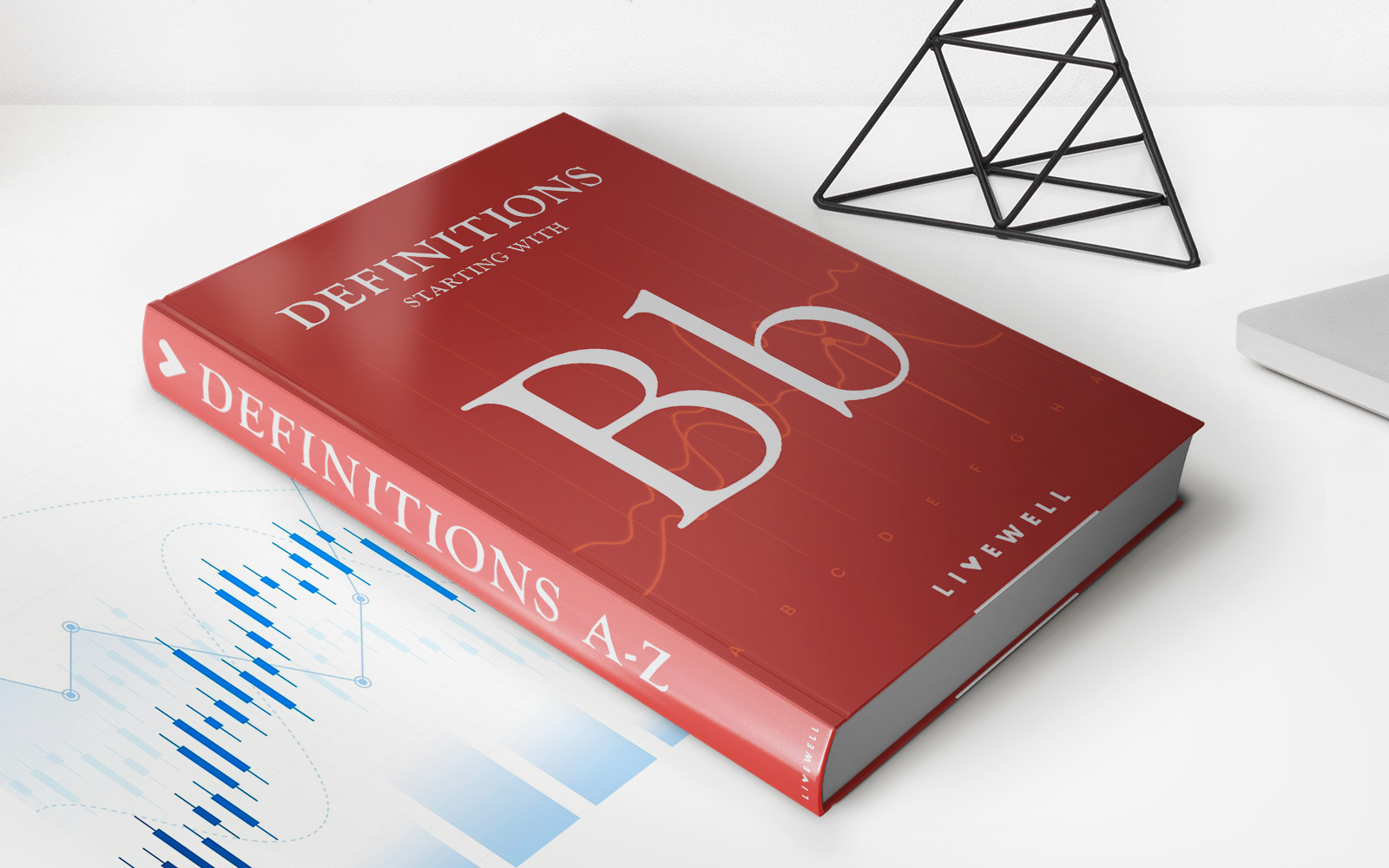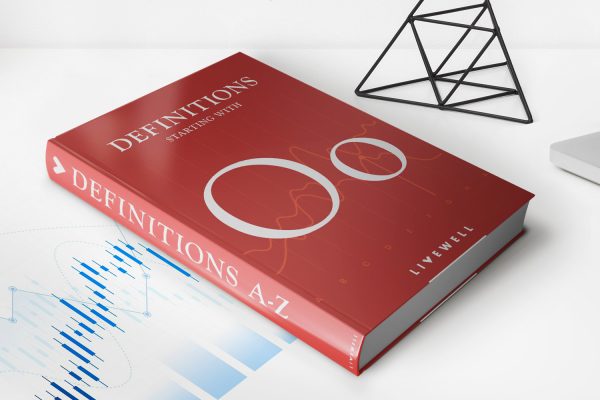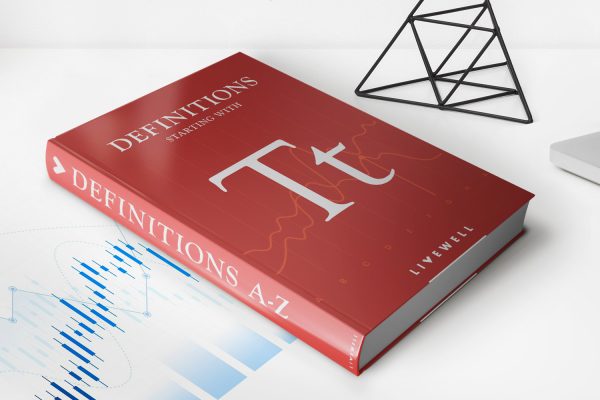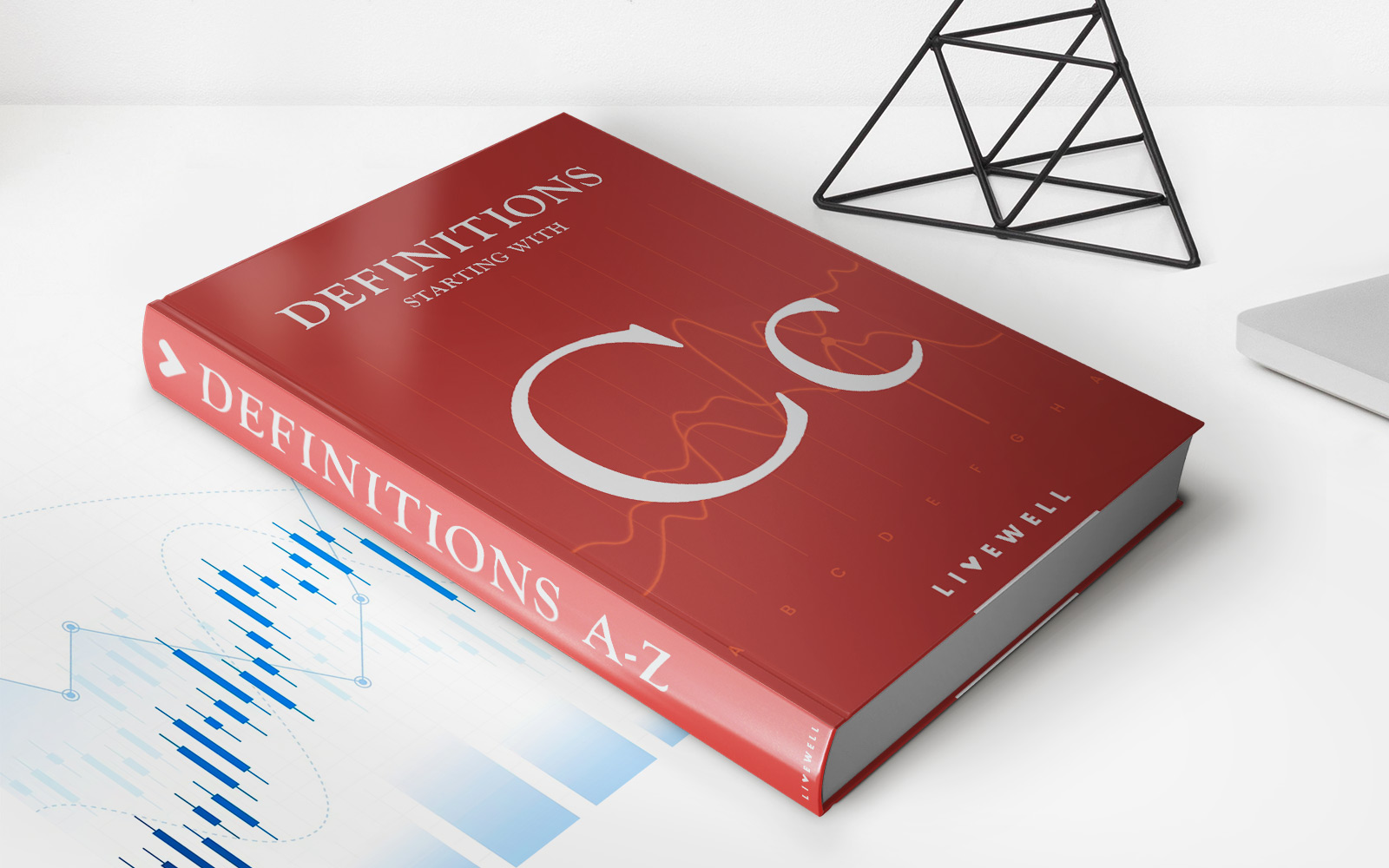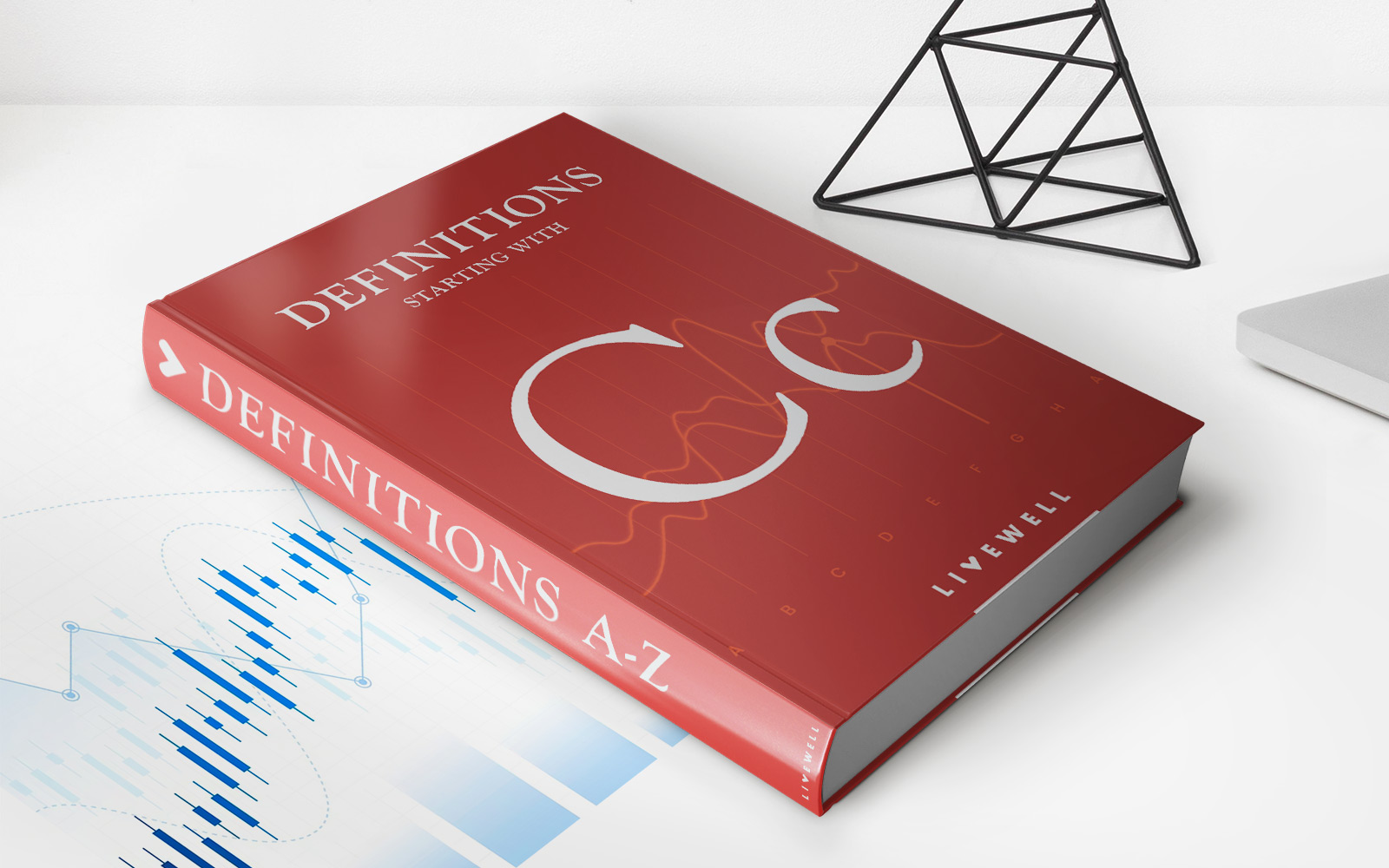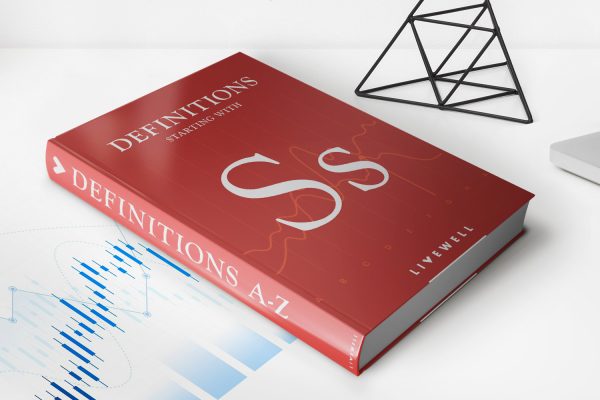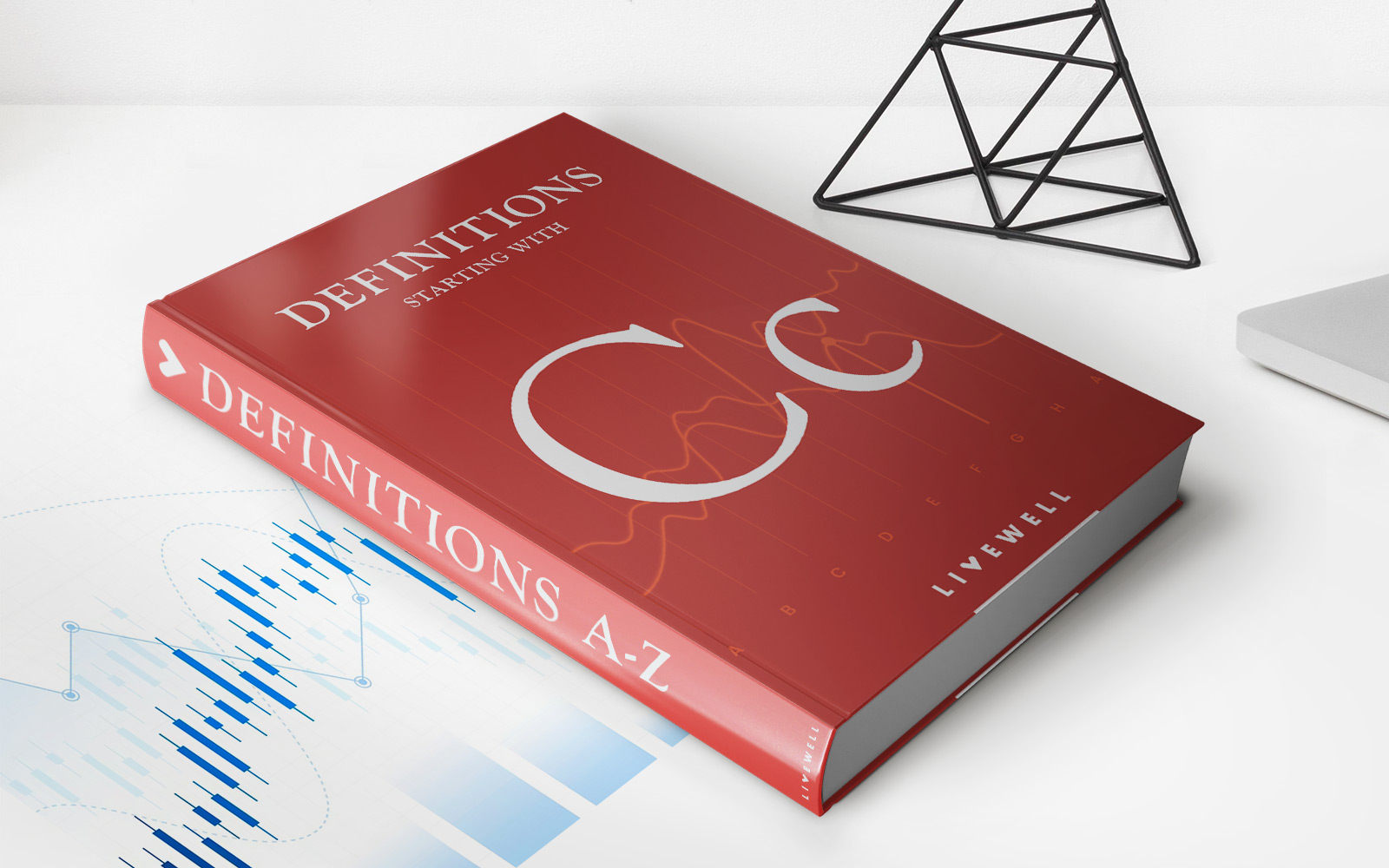Home>Finance>Trade Deficit: Definition, When It Occurs, And Examples
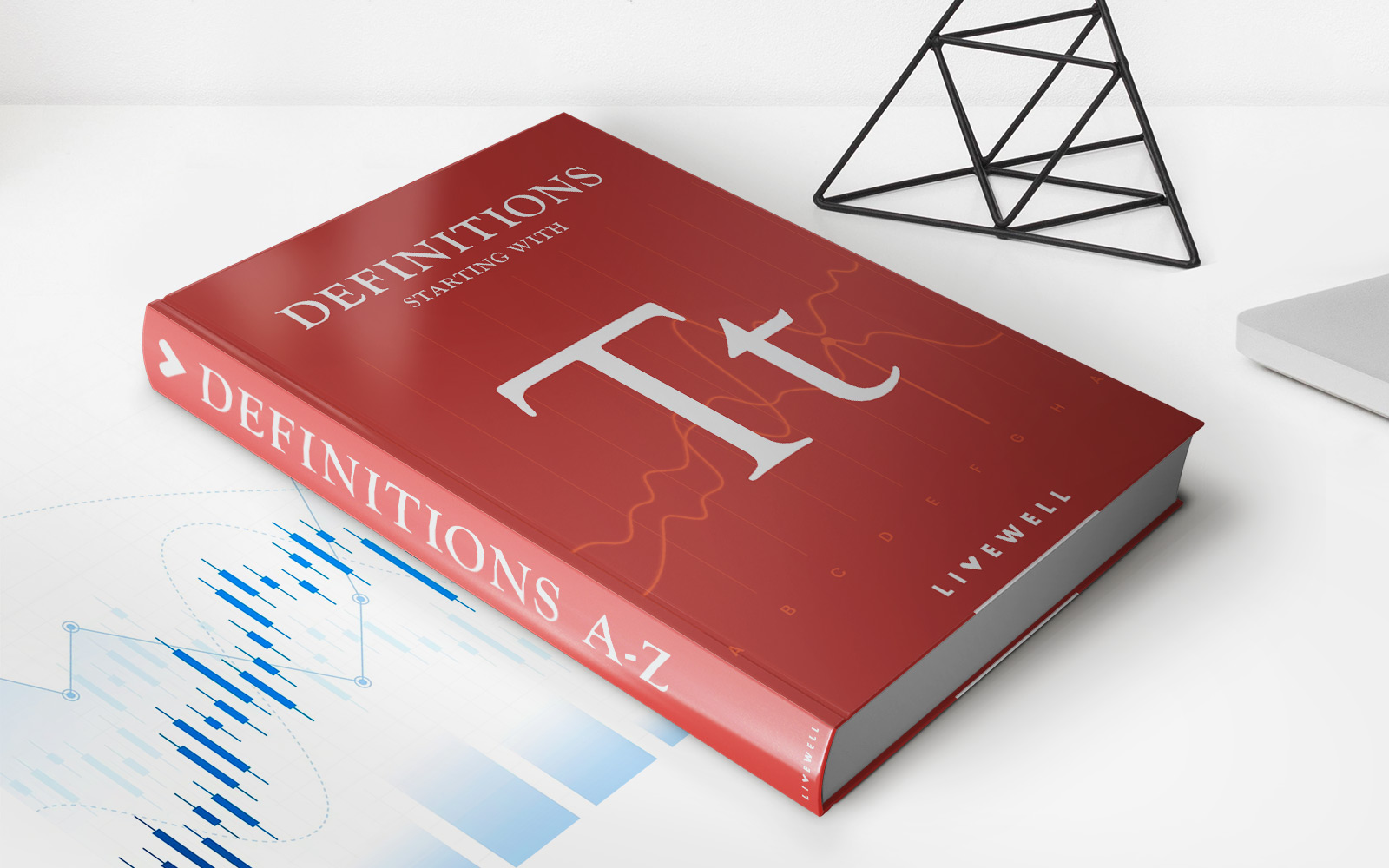

Finance
Trade Deficit: Definition, When It Occurs, And Examples
Published: February 9, 2024
Learn the definition of trade deficit in finance, when it occurs, and explore real-life examples. Understand its impact on economies and international trade.
(Many of the links in this article redirect to a specific reviewed product. Your purchase of these products through affiliate links helps to generate commission for LiveWell, at no extra cost. Learn more)
Understanding Trade Deficit: When Imports Exceed Exports
Welcome to the fascinating world of trade deficits! In this article, we will delve into the definition of a trade deficit, explore when it occurs, and provide examples to help you understand this concept. So, let’s get started on this enlightening journey through the realm of international trade.
Key Takeaways
- A trade deficit occurs when a country’s imports exceed its exports.
- Factors such as exchange rates, domestic demand, and global economic conditions can contribute to trade deficits.
What is a Trade Deficit?
A trade deficit refers to a situation where a country’s imports (goods and services purchased from other countries) exceed its exports (goods and services sold to other countries). In simple terms, it means that the country is buying more from other nations than it is selling to them. This imbalance in trade can have significant economic implications and is a key metric for measuring a country’s trade performance.
Now, you might wonder, why is a trade deficit considered a problem? Well, let’s explore a couple of reasons:
- Impact on Domestic Industries: When a country consistently runs a trade deficit, it can put pressure on domestic industries. Competing with cheap imports can be challenging for domestic producers, potentially leading to job losses and factory closures.
- Impact on the Economy: A trade deficit can contribute to a decline in a country’s GDP, as it implies that a part of its demand is being met by foreign producers. This can affect overall economic growth and the nation’s standard of living.
When Does a Trade Deficit Occur?
A trade deficit can occur for several reasons, and here are a few factors that contribute to its existence:
- Exchange Rates: Fluctuations in currency values can influence trade balances. If a country’s currency is strong compared to its trading partners, imports become relatively cheaper, which can lead to increased imports and a trade deficit.
- Domestic Demand: When a country experiences a surge in domestic demand, it may lead to increased imports to meet that demand. If domestic industries cannot keep up with this demand, imports may fill the gap, resulting in a trade deficit.
- Global Economic Conditions: The state of the global economy also plays a role in trade deficits. During times of economic uncertainty or recessions, consumers may reduce their spending, leading to a decrease in exports and an increase in imports.
Examples of Trade Deficits
Let’s look at a few examples of countries that have experienced trade deficits:
- United States: The United States has been running a trade deficit for many years. Factors such as strong domestic demand, a relatively high standard of living, and the global dominance of the U.S. dollar contribute to this trade deficit.
- United Kingdom: The United Kingdom has also faced trade deficits in recent years. Factors such as the decline of manufacturing industries and a significant reliance on imports contribute to the UK’s trade deficit.
- India: Despite being a major player in the global service industry, India has consistently experienced trade deficits. Factors such as high energy import costs and dependence on capital goods contribute to India’s trade deficit.
Understanding trade deficits is essential in analyzing a country’s economic performance and its impact on domestic industries and the overall economy. By considering the factors that contribute to trade deficits, policymakers can make informed decisions to address this imbalance and promote a healthier trade environment.
So, the next time you come across the term “trade deficit,” you’ll have a solid understanding of what it means and the factors that contribute to its occurrence. Happy learning!
